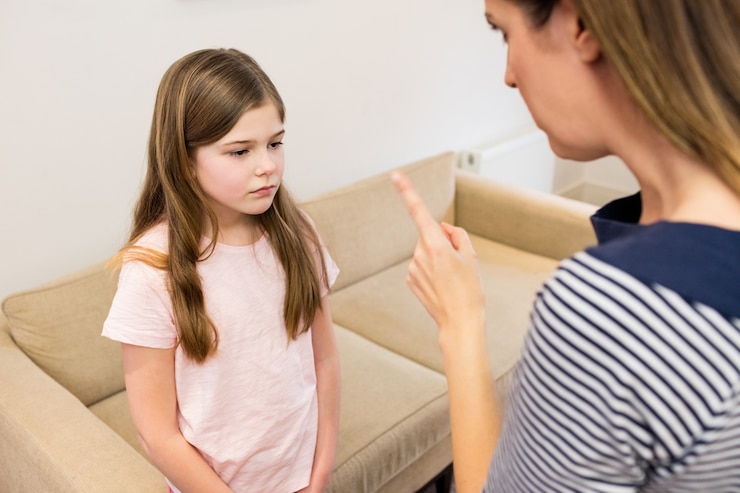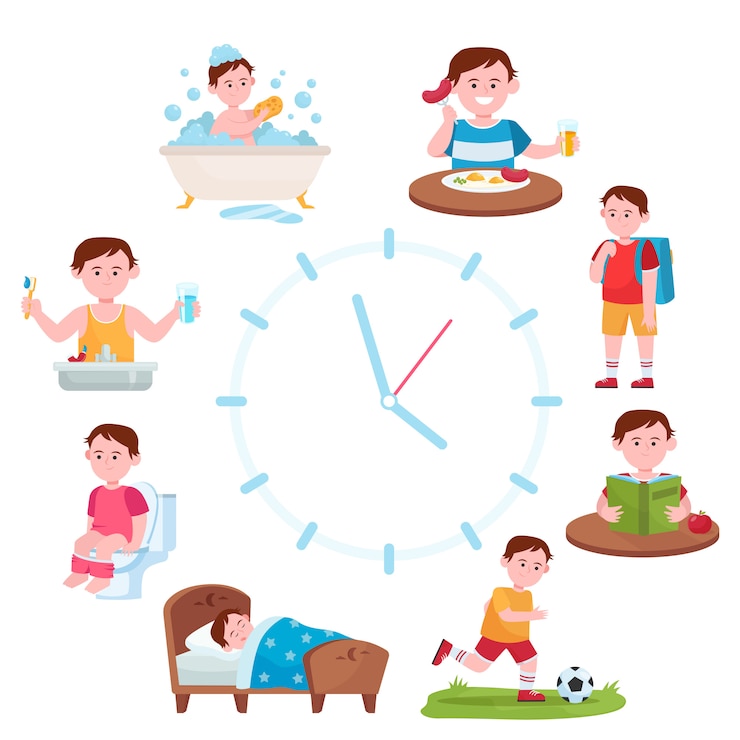
Inside this guide, you’ll discover how to handle situations when your upset child rejects coping strategies.
### Table of Contents
**”What should I do when my child won’t use the coping strategies I suggest?”**
This is a question I often encounter in my therapy practice when discussing anger management and support strategies for children going through emotional turmoil. Having navigated this myself as a parent, I understand how frustrating it can be.
You’re committed to helping your child, consistently offering calming techniques amid the tears, shouting, or even aggression—when you might prefer to run the other way. And how is your effort met? With a firm rejection.
“No way! I’m not doing any of that!”
While this situation is tricky, it’s completely understandable why a child in the grip of anger might refuse coping tools. Why? Because when they’re emotionally charged, their brain is wired to resist.
During a meltdown, a child relies on their brain’s limbic system—locked in a fight, flight, or freeze response. In such moments, any suggestion often meets with defiance or negativity.
Fortunately, there are strategies to help a child who dismisses calming measures.
1. **Encourage calmness proactively.**
We know that addressing issues proactively, rather than reactively, yields the best results. Still, discussing anger management with a child can be daunting and is often something parents wish to avoid.
Once your child calms down, you might think, “Finally, peace. I don’t want to bring it up again!” But waiting until another meltdown to discuss coping strategies often backfires because learning doesn’t occur when the brain is stressed. The frontal lobes, essential for processing and retaining information, are not fully engaged when emotions take the lead.
To foster better acceptance and willingness from your child to try calming techniques, have meaningful conversations when they are calm and relaxed. This is the time to explore how they can better manage their emotions and practice calming methods.
As parents, it’s easy to assume “we know best,” but your child is the expert on their own nervous system and sensory preferences. Are you considering their input? Have you involved them in selecting anger management activities or fun coping skills, or did you simply decide on options yourself? When children have a hand in choosing, they’re more likely to engage, feeling a sense of ownership.
Collaborate with your child to find resources and strategies they are open to trying. Discuss why managing their anger matters to them and how they might feel if they could keep their emotions in check.
**Check out my ‘Calm Kids Guide to Emotional Regulation’**
When your child’s “emotion train” is speeding up, it’s harder to stop. Recognizing early signs of agitation, like tense muscles or louder voices, gives you a chance to intervene before their emotional response escalates. This proactive approach is more effective than waiting until they’re locked in a full-blown emotional state.
When your child refuses coping strategies, honor their need for space. You can’t force them to calm down, and pushing harder may deepen their emotional resistance. Instead, extend a gentle invitation to relax and allow them time to return to a calm state—no teaching is needed in the peak of their distress.
Your demeanor is crucial. An anxious presence may heighten their stress. Instead, maintain a calm and non-intrusive presence, showing them they have your support without overwhelming them.
Recognizing and supporting your child’s emotional needs is a significant step forward. Developing self-regulation is a journey, and practicing co-regulation with your child builds their emotional intelligence.
If your child rejects your help or strategies, don’t take it personally. Look for signs of anger, and work together on an approach that encourages collaboration.
Though challenging, the path to co-regulation offers lifelong benefits for your child.
This guide includes a free printable list of calming strategies you and your child can explore together!
**Related articles you might find helpful:**



